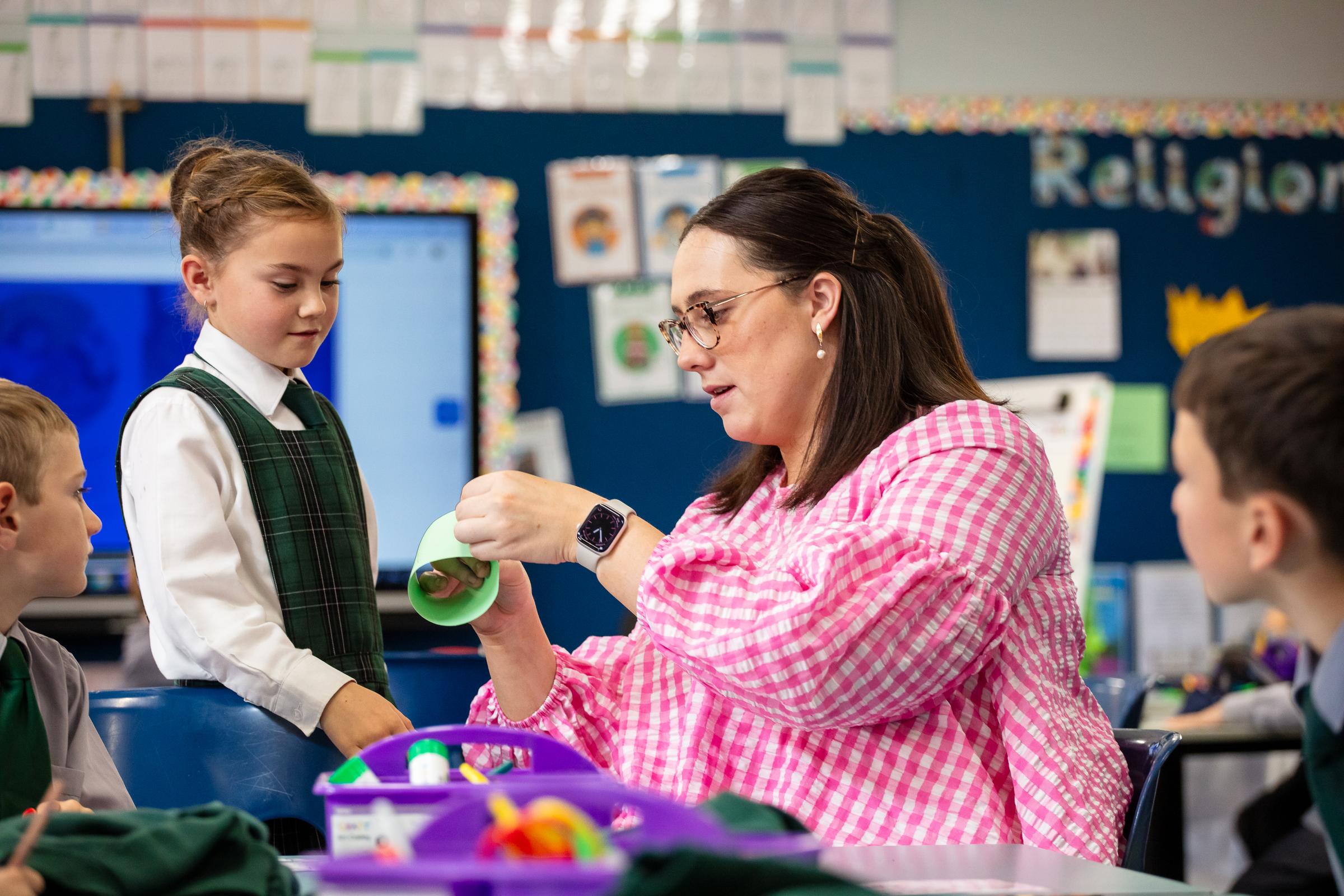The Learning Zone

SPOTLIGHT ON READING
In today's blurb, the focus will be on some of the strategies our students are taught to use when reading and comprehending texts. Over the initial years of school children are learning to read, and this is a skill they are often taught by someone else. However, once students have mastered learning to read, they then progress towards reading to learn, and they usually do so on their own with less help from a skilled helpful adult. When reading to learn, children need to access a variety of strategies to understand and learn from what they are reading. You can encourage your child to explore the 'Super Six' strategies below at home to support them in their reading.
PREDICTING- Before diving straight into reading a new text, encourage the reader to look at the title and blurb and predict what the story or text may be about. The following questions could start some thinking
What’s my thinking before?
What do I already know that will help me now?
What clues can I find in the pictures, titles, graphics?
What could this text be about?
What do I think will happen next? Why?
What helped me make my prediction?
What do I already know about this author and this author’s work?
What words do I need to know more about?
Were my predictions accurate? Do I need to change my prediction?
MAKING CONNECTIONS -When reading learners comprehend text by making strong connections between their prior knowledge and new information presented in texts.
Initially, readers may make Text-to-Self Connections where they relate their own life experiences with the text. Then, they may move on to making Text-to-Text connections where readers think about other texts written by other authors or with common themes, style, organisation, structure, character or content. Another connection that can be explored is Text-to-World. Here, readers think about their family, community and the world and make connections with the text.
VISUALISING - Learners use all their senses to continually create images in their heads. The images that learners create are based on their prior knowledge and help learners relate to the content in the text. You could do this by:
Asking them to describe what it looks like.
Asking the reader to draw a picture.
Ask what the image in their mind makes them see, feel and hear.
SUMMARISING - This is the ability to reduce a large piece of text so the focus is on the most important element in the text. Readers learn to identify, record, write or state the key ideas, main points or most important information from the text using their own words. Summarising and paraphrasing involve using the key words and phrases to express the main focus of the text in a new form. After reading the text, the reader could be encouraged to:
Brainstorm main events with a partner e.g. knee to knee.
List main details of what was read.
Re-tell what you have read.
Create a sentence that states the most important part of the text?
MONITORING - This strategy can be taught so that readers pause when reading a text when they are unsure and find a way to ’FIX IT’. When readers monitor, they are actively engaged in thinking while reading. Students learn to be conscious of what they do understand and identify what they don’t comprehend. Readers can be encouraged to monitor by doing the following when they feel they are 'stuck':
Slow down
Re-read
Re-tell in own words
Find a pattern
Pull apart a word and sound it out
Read on when they don't know a word and see if they can find other clues.
QUESTIONING - Readers are prompted to think of questions before, during and after reading to assist them in understanding the texts. Students can be reminded to ask themselves:
What do I know?
How is this the same or different from what I have already read?
Is it like me or someone I know?
Does it remind me of something in another text?
What do I think about this situation?
How would I change or make it different?
What information can I use to understand and work out this new word? What is the hidden message?
What was the author thinking?
Were there any parts I did not understand?
Could I explain this to someone else?
Next time you are listening to your child read or want to discuss what they have been reading, you can encourage your young reader to use any of these strategies to assist them to become confident readers that have good comprehension of what they are reading.
If you would like any further information on the 'Super Six' please reach out to our educators.
Theresa Grills
Leader of Pedagogy
Library News
- Overdue books need to be returned to the library asap!
- Please ensure your child has a library bag so they can enjoy these reads at their leisure at home! Library Bags 🤝New Books
